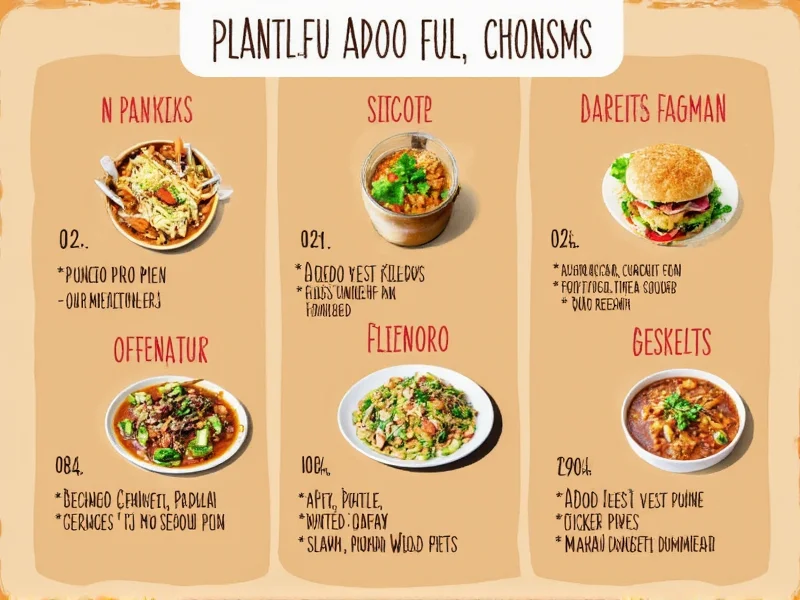Understanding what makes adobo seasoning unique is essential before exploring alternatives. Adobo seasoning refers to two distinct culinary concepts: the Filipino cooking method (adobo) involving vinegar, soy sauce, and spices, and the commercial Latin-style seasoning blend often found in supermarkets. This confusion frequently leads home cooks to seek appropriate substitutes when one version isn't available.
What Exactly Is Adobo Seasoning?
Before selecting alternatives, clarify which type of adobo you need to replace:
- Filipino adobo: A cooking technique using vinegar, soy sauce, garlic, and peppercorns to braise meats
- Latin adobo seasoning: A dry spice blend containing garlic powder, onion powder, cumin, oregano, and salt
Many grocery stores stock the Latin-style adobo seasoning (like Goya Adobo), while the Filipino cooking method requires specific liquid ingredients. This distinction dramatically affects which alternatives will work for your recipe.
Homemade Adobo Seasoning Recipe (Latin-Style)
Creating your own adobo seasoning ensures freshness and allows customization for dietary needs. This basic recipe yields approximately ¼ cup:
| Ingredient | Amount | Substitution Options |
|---|---|---|
| Garlic powder | 2 tbsp | Fresh minced garlic (3 cloves) |
| Onion powder | 1 tbsp | Fresh minced onion (2 tbsp) |
| Dried oregano | 1 tbsp | Marjoram or thyme |
| Black pepper | 1 tsp | White pepper or cayenne |
| Paprika | 1 tsp | Smoked paprika for depth |
| Salt | 1 tsp | Omit for low-sodium version |
Mix all ingredients thoroughly and store in an airtight container for up to 6 months. This homemade adobo seasoning substitute works perfectly for seasoning meats, rice, or vegetables before grilling, roasting, or sautéing.
Diet-Specific Adobo Alternatives
Many commercial adobo seasonings contain high sodium levels or potential allergens. These tailored alternatives address specific dietary requirements while maintaining authentic flavor profiles.
Low-Sodium Adobo Seasoning Replacement
Reduce sodium without sacrificing flavor by:
- Omitting salt completely from the homemade recipe
- Adding ½ tsp celery seed for natural umami
- Using potassium chloride-based salt substitutes sparingly
- Incorporating nutritional yeast for depth (1 tsp)
This low sodium adobo seasoning replacement works particularly well for those managing hypertension while still delivering complex flavor.
Gluten-Free Adobo Alternative
Most adobo seasonings are naturally gluten-free, but always verify labels as some brands add wheat-based fillers. For complete assurance:
- Use certified gluten-free spices in your homemade blend
- Avoid pre-mixed seasonings that list "spice blend" without specifics
- Check soy sauce alternatives if making Filipino-style adobo (use tamari)
International Flavor Alternatives
When seeking adobo seasoning substitutes, consider these globally inspired alternatives that provide similar flavor profiles:
- Sofrito seasoning: A Caribbean blend with similar garlic and herb notes
- Adobado seasoning: Often confused with adobo, this Mexican-inspired blend works as a direct substitute
- Recado rojo: A Belizean achiote-based seasoning offering comparable earthiness
- Italian seasoning plus garlic: Provides the herbal component missing in many substitutes
For authentic Filipino adobo dishes (the cooking method), consider these liquid-based alternatives when missing key ingredients:
- Replace soy sauce with tamari or coconut aminos
- Use apple cider vinegar instead of cane vinegar
- Add a splash of fish sauce for umami depth
- Incorporate bay leaves for traditional flavor
Practical Application Tips
When using adobo alternatives in recipes, follow these professional kitchen-tested guidelines:
- For dry rubs: Apply seasoning at least 30 minutes before cooking to allow flavors to penetrate
- In marinades: Combine dry seasoning with 2 tbsp oil to help distribute flavors evenly
- For Filipino adobo dishes: Simmer meats 10-15 minutes longer when using substitutes to develop flavors
- Always taste before serving and adjust acidity with vinegar or citrus as needed
Understanding what can I use instead of adobo seasoning depends entirely on your specific recipe requirements and dietary needs. The most successful substitutions maintain the core flavor profile while accommodating your constraints.
Frequently Asked Questions
Can I substitute taco seasoning for adobo seasoning?
Yes, taco seasoning makes a reasonable substitute for Latin-style adobo seasoning, though it typically contains more cumin and chili powder. Use a 1:1 ratio but reduce additional cumin in your recipe. For Filipino adobo dishes, taco seasoning won't work as a substitute since those require liquid ingredients rather than dry seasoning.
What's the difference between adobo and adobado seasoning?
Adobo seasoning typically refers to the Latin-style dry spice blend, while adobado seasoning is a specific Goya product that includes additional ingredients like citric acid. Both work similarly in recipes, though adobado has a slightly tangier profile. Neither should be confused with Filipino adobo, which is a cooking method using vinegar and soy sauce.
How can I make adobo seasoning without MSG?
Create a homemade MSG-free adobo seasoning by combining 2 tbsp garlic powder, 1 tbsp onion powder, 1 tbsp dried oregano, 1 tsp black pepper, 1 tsp paprika, and 1 tsp salt. For umami depth without MSG, add ½ tsp nutritional yeast or a pinch of dried mushrooms ground to powder. This alternative maintains authentic flavor while avoiding processed additives.
Can I use adobo seasoning for Filipino adobo recipes?
Commercial adobo seasoning (Latin-style) doesn't work well for authentic Filipino adobo dishes, which require a vinegar-soy sauce braising liquid. Instead, use the dry seasoning to marinate meat before the adobo cooking process, or create a homemade blend specifically for Filipino recipes using soy sauce, cane vinegar, garlic, and peppercorns without the dry spice mix.
How long does homemade adobo seasoning last?
Properly stored in an airtight container away from heat and light, homemade adobo seasoning maintains optimal flavor for 6 months. While safe to use beyond this timeframe, the spices gradually lose potency. For best results, make small batches and label with the preparation date. Store in a cool, dark cupboard rather than near your stove where heat accelerates flavor degradation.











 浙公网安备
33010002000092号
浙公网安备
33010002000092号 浙B2-20120091-4
浙B2-20120091-4